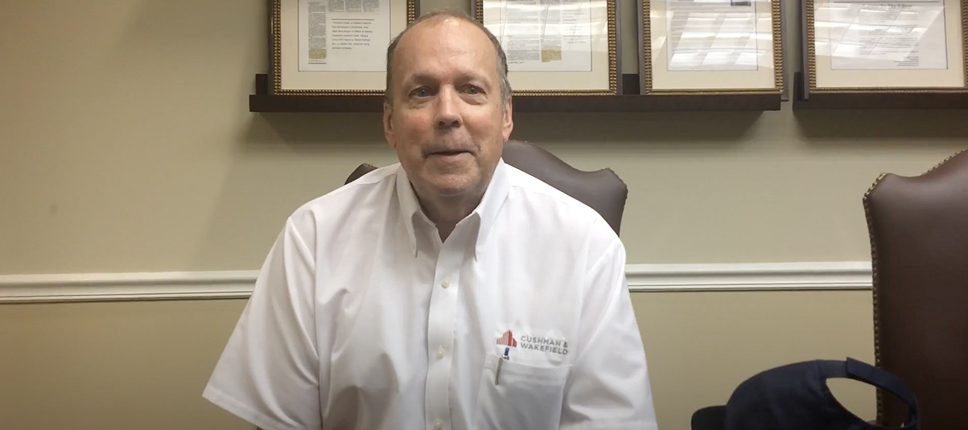Appearing On:
















Serious injuries deserve experienced attorneys
Final Verdict: Surgical Team Not Liable For Death
All surgeries are complex. Medical science has come a long way since the antiquated practices of bloodletting and other medieval treatments, but that doesn’t mean it is perfectly safe. Any surgery requires a careful plan for how the patient will be prepped, what pain management will be used, the exact procedures to be completed, and how the patient will recover. A good surgeon will be in close communication with the anesthesiologist, the nursing staff, and anyone else who will be present during the surgery.
No surgery is completely without risks. Although it is the duty of the physician to explain possible complications and review them in detail with the patient, the patient must ultimately make the decision about whether the risks of the surgery outweigh the benefits. In some cases, even real and anticipated risks may be less threatening than the probable outcomes of canceling the surgery altogether.
In November 2011, Girard Ordway, an 84-year-old patient at Sibley Memorial Hospital, had just undergone a total hip replacement when he suffered a dislocation of the replaced hip two days later. As a result, his physicians planned a closed hip reduction procedure. Reductions attempt to place a dislocated joint back into the correct position. In many cases, this can be done by external manipulation of the joint by a trained physician; this is called a “closed” reduction. In other cases, the position or extent of dislocation is too severe for external force to be successful, and accordingly the joint must be cut open and reoriented directly; this is an “open” reduction.
Although a closed hip reduction does not require cutting into tissue, it requires a significant amount of force and would be excruciatingly painful if the patient remained conscious throughout. Accordingly, most closed joint reductions involved general anesthesia, in which the patient is put to sleep for the duration of the procedure.
Girard was under the care of anesthesiologist Jennifer Baxter, who gave the anesthesia to put him to sleep. Because it was to be a brief procedure and he had not taken food by mouth for more than eight hours, (estimated at no more than five minutes), he was not intubated. Unfortunately, Girard regurgitated during the procedure and aspirated stomach contents into his lungs, requiring immediate suction. Although he recovered from the closed hip reduction without incident, he suffered repeated regurgitation and aspiration in the ICU and his condition worsened. Tragically, he passed away after prolonged deterioration. Cohen & Cohen
Girard’s estate brought suit against Dr. Baxter, arguing that because Girard was receiving narcotics at the time of the procedure, he had an elevated risk of regurgitation and associated aspiration. Experts brought by attorneys for his estate argued that Dr. Baxter should have performed rapid sequence induction, an intubation procedure which rapidly inserts an endotracheal tube to avoid the risks of regurgitation. If she had taken this step, the experts argued, Girard would have been protected during the procedure.
However, medical malpractice attorneys for Dr. Baxter argued that the rapid sequence induction procedure was itself a risk for causing regurgitation in certain circumstances, and the brief sequence of the anesthesia for a closed hip reduction made it not medically indicated. After an eight-day trial, the DC jury agreed, returning a verdict of no malpractice.
Personal Injury Attorneys In:
Washington DC | Maryland | Virginia
“Cohen & Cohen did a great job at recovering a good amount of money for me after my accident. Siri was super informative & responsive. Overall I had a great experience using this firm & they will be my first call if I am ever in an accident again.”
– Charles M.
 Personal Injury Accident
Personal Injury Accident
“I had a very positive experience with Cohen & Cohen and I highly recommend them to anyone who needs their services.”
– John G.
 Tractor Trailer vs Car
Tractor Trailer vs Car
“I would highly recommend Cohen & Cohen. They were awesome on my case. Cohen & Cohen had my best interest at heart at all times.”
– Morgan L.
 Personal Injury Accident
Personal Injury Accident
“My experience at Cohen & Cohen has been great from the beginning until the very end when my case was closed…I would definitely recommend them to family, friends or anyone that has a case with a personal injury accident.”
– Maria M.
Reviews
From Our Valued Clients
Cohen & Cohen has an impeccable client satisfaction rating with hundreds of 5-star reviews. We are among the best-rated firms in D.C., Virginia, and Maryland.

Best Personal Injury Lawyer in DC








Cohen & Cohen Has Been Featured On


















